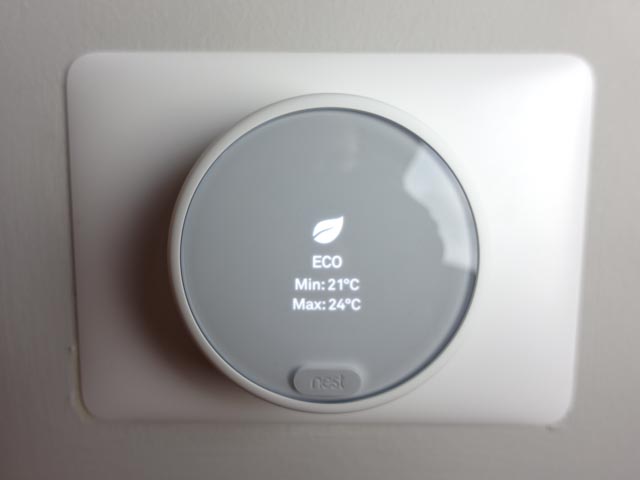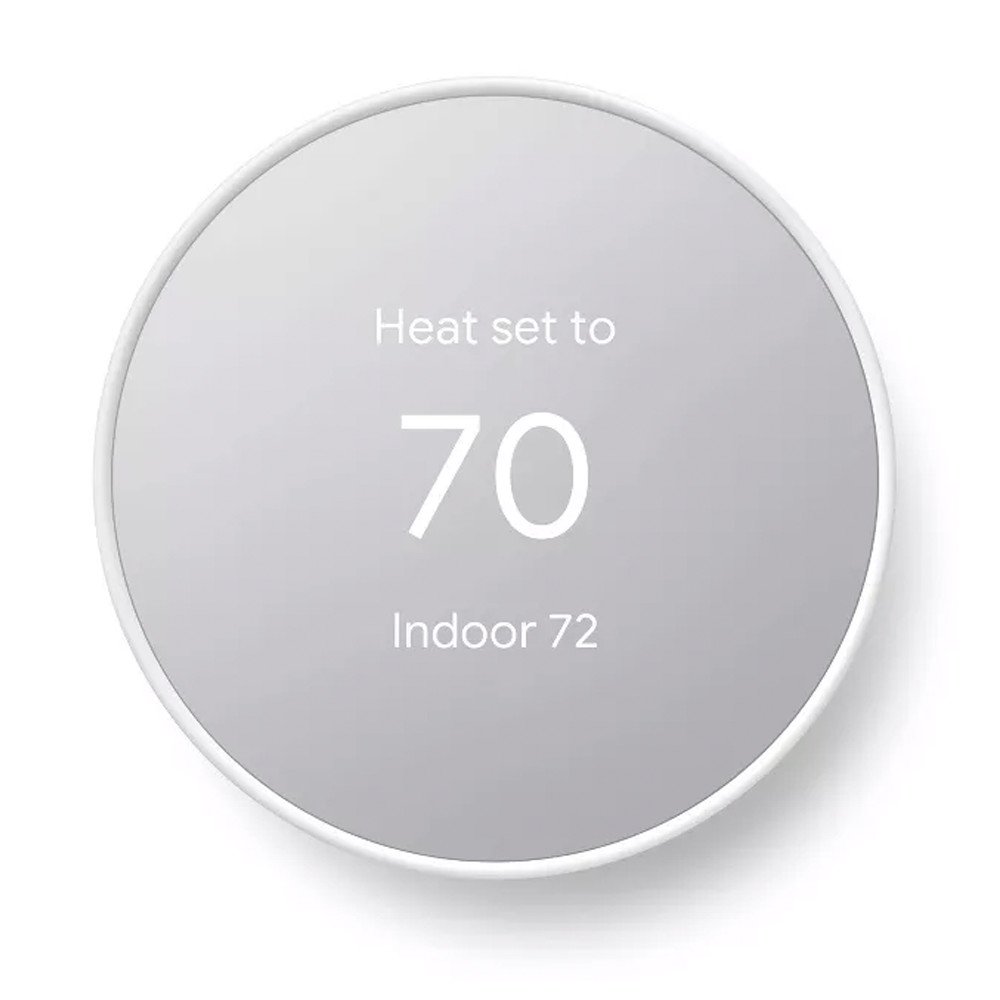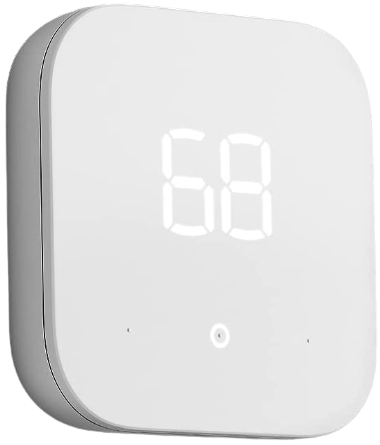Smart thermostats are a great way to save money, especially as the price of electricity continues to go up in many places. Not only that but using power more efficiently is one of the best ways most people can help reduce dependence on environmentally-destructive energy production methods like coal and gas. Smart thermostats can help heat and cool your home more efficiently by reducing usage when you're away from home and recommending more efficient settings. You can also save some money with rebates or rewards from your power company.
Check with your energy provider
Some energy companies and co-ops offer rebates for buying a smart thermostat or even offer them for free. Before you click buy on a smart thermostat, it's worth it to give your energy company a call to see if there are any promotions available.
You can also check online to see if your provider has listed any deals. You can check on Amazon for rebates with your zip code before buying an Amazon Smart Thermostat. Google also offers a similar search option for its Nest Thermostat. These sites will also often provide a link to the application.
Still, companies are adding and changing their offers all the time so it's still worth it to call the company to make sure you can get the rebate. Here's how we would go about it.
- Call your energy provider to check for the current deals and to find out when they expire. It may also list its current offers online.
- Purchase a supported thermostat and register it within the period allowed. This is usually around 90 days from purchase. This can be online or via mail depending on your provider.
- Complete your application. Make sure to keep documentation such as an invoice or receipt with the date of purchase.
- Install your thermostat. You don't need to wait for your rebate to start enjoying the benefits.
Our top equipment picks
Finding the best smart thermostat for your home depends on your specific needs. While it can be nice to get one with a color screen and support for more sensors, most people can get by with just basic features. It's also worth thinking about compatibility with smart assistants. If your home is equipped with Alexa smart speakers, for example, you'll want a thermostat that supports it. You might also prefer something with Google Assistant or HomeKit integration.
Setting up your own smart thermostat is fairly easy to do if you take the time to make sure your home is compatible beforehand. More often than not, if you're handy with a screwdriver, you can get your new thermostat up and running in under an hour.
No matter your needs, a smart thermostat is one of the best starts to a smart home, and with a rebate, it may cost you nothing at all.
Works with Google
Nest Thermostat
$99 at Amazon $100 at Best Buy $99 at Walmart
Elegant and simple design
Nest's great design makes your thermostat smarter without giving up any style. Best of all, it works well with Google Assistant.
Cheap with Alexa
Amazon Smart Thermostat
One of the cheapest smart thermostats you can buy
Amazon's smart thermostat stays focused on delivering the most useful features and keeping the price low with easy Alexa controls.
Source: androidcentral


